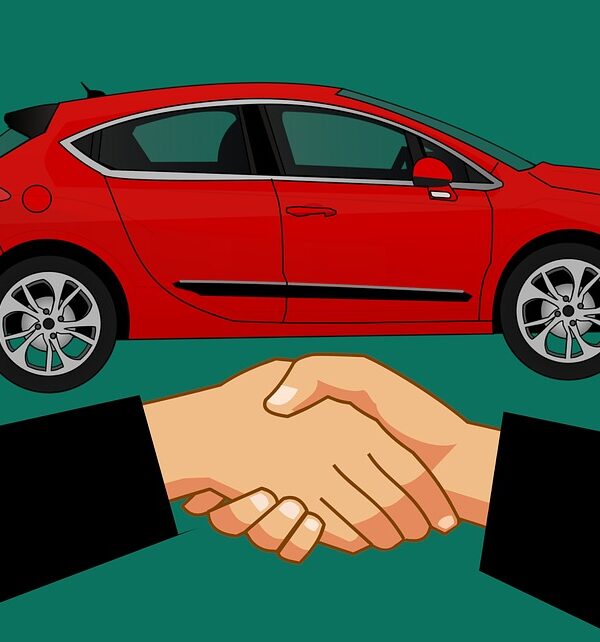Courtesy of iii.org Accidents happen—and if they happen to people you've hired to come into your home or onto your property to work, you're financially liable. It makes sense to understand how you're already covered and when to further insure household help. Appropriate and adequate insurance coverage depends on the nature of the employee’s position and the assets you're protecting. As always, consult your insurance professional with any questions or requested changes to your policy. Here's some information to get you started. If you contract a worker with an outside firm For many household and in-home care needs—for example, for a nurse, a physical therapist, a cook or a housekeeper—you may decide to contract with a business or agency that provides these types of pros. Determine who is the employer. When you're dealing with a firm or agency, in most cases the worker you hired is an employee of that business and insured under their auspices. (If for some reason …
How to Lower Auto Insurance Cost
Courtesy of iii.org One of the best ways to keep your auto insurance costs down is to have a good driving record. Listed below are other things you can do to lower your insurance costs. 1. Shop around Prices vary from company to company, so it pays to shop around. Get at least three price quotes. You can call companies directly or access information on the Internet. Your state insurance department may also provide comparisons of prices charged by major insurers. You buy insurance to protect you financially and provide peace of mind. It’s important to pick a company that is financially stable. Check the financial health of insurance companies with rating companies such as A.M. Best (www.ambest.com) and Standard & Poor’s (www.standardandpoors.com/ratings) and consult consumer magazines. Get quotes from different types of insurance companies. Some sell through their own agents. These agencies have the same name as the insurance company. Some sell through independent agents …
Work Safely From Home
Courtesy of iii.org Work from home arrangements necessitated by the coronavirus pandemic are predicted to become permanent for some employees as companies like Google contemplate ‘hybrid models‘ with more flexible work options. And though remote work is nothing new, an increase in the numbers of people working from home in the coming post-pandemic years is bound to lead to some thorny workers compensation questions. In a recent report called “Digital Business Accelerated,” which examines digital transformation trends that small and mid-sized businesses are pursuing, Chubb pointed out that makeshift home offices that don’t properly address ergonomic best practices may lead to an increase in long-term injuries. Relaxed work habits and environmental inconsistencies in air quality and lighting can also affect the overall wellbeing and performance of employees. And the risk of slips and falls remains in the home, just as it does in the office, said the report. An injury or …


